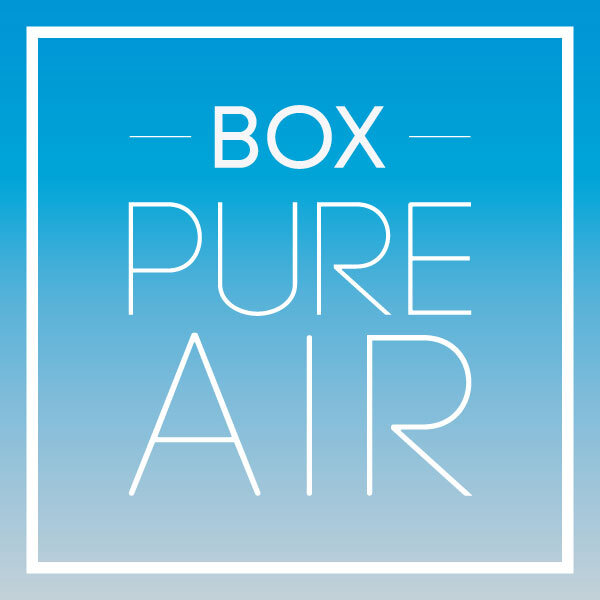Who Pays The Price When Students Miss School?
We’ve all done it before; tried to fake a fever or a cough because we forgot to study for that test or did something embarrassing and couldn’t face our classmates. Warranted or not, kids miss a lot of school days in the U.S. Each K-12 student misses an average of 4.5 days per school year. This is, of course, an average. Some students pride themselves on perfect attendance whereas for others it seems like a coin flip whether they show up on any given day.
Now from the outside looking in it might not seem like the worst problem for some schools. Many public schools are overcrowded and short on supplies so missing a few heads may make things easier on the teachers, right? Well, no actually.
Public schools receive their funding based on a few metrics, two of which are attendance/absenteeism, and test scores. It seems like a self-serving cycle given most parents are also the taxpayers whose money goes to funding these schools. You don’t want your kid to miss school because (1) then you’ll have to teach them how to find the area of a trapezoid and (2) you want to make sure your tax money is going to fund the school your kids attend.
From a school’s perspective, empty desks mean losing money. Assuming a 180 day school year, every day which a student attends generates $65.34 in funding for the school district. There are 164 million lost school days for students per year in the U.S. meaning student absenteeism equates to $10.7 billion of lost funding each year.
This number does not include the additional costs associated with absenteeism including paying substitute teachers when teachers are the ones out sick. According to the National Education Association, the average substitute teacher is paid $75-$125 per day. Teachers miss an average of 5.3 days per year, which equates to a cost of $530 per year. With 3.2 million teachers in the US, that’s $1.7 billion a year spent on substitute teachers.
The bottom line is that students and teachers alike are missing school and it is costly for everyone involved. The goal of schools, teachers, and parents should be to keep students in class and engaged. When that happens, everybody wins. Student illness is believed to have been the main cause of student absenteeism, not only the past two years but for many years before.
At BOX Pure Air we specialize in working with schools to increase ventilation and reduce the spread of airborne illness. We project 5-year savings for a school district that implements BOX Pure Air solutions to be over $6 million. While many still view ventilation as a last-ditch effort to contain COVID, it is really about creating a healthier environment for students and staff to excel in. It is proven that students who attend schools with better air quality miss fewer days due to illness and perform better on standardized tests; two of the main factors that play a role in determining school funding.

